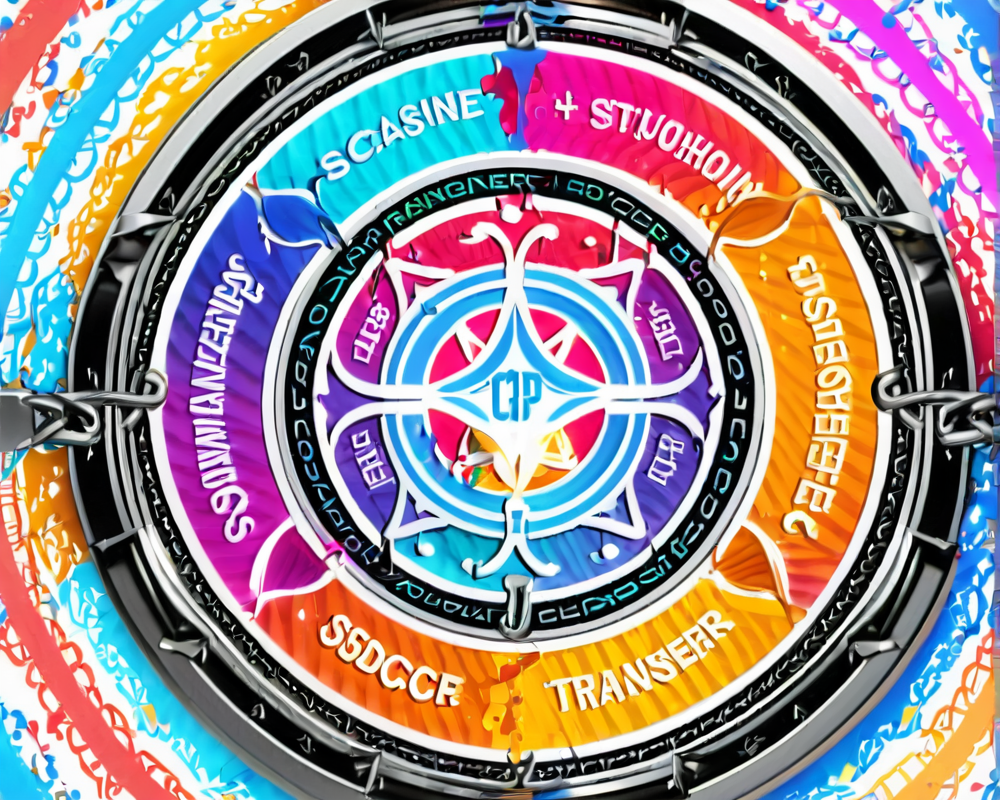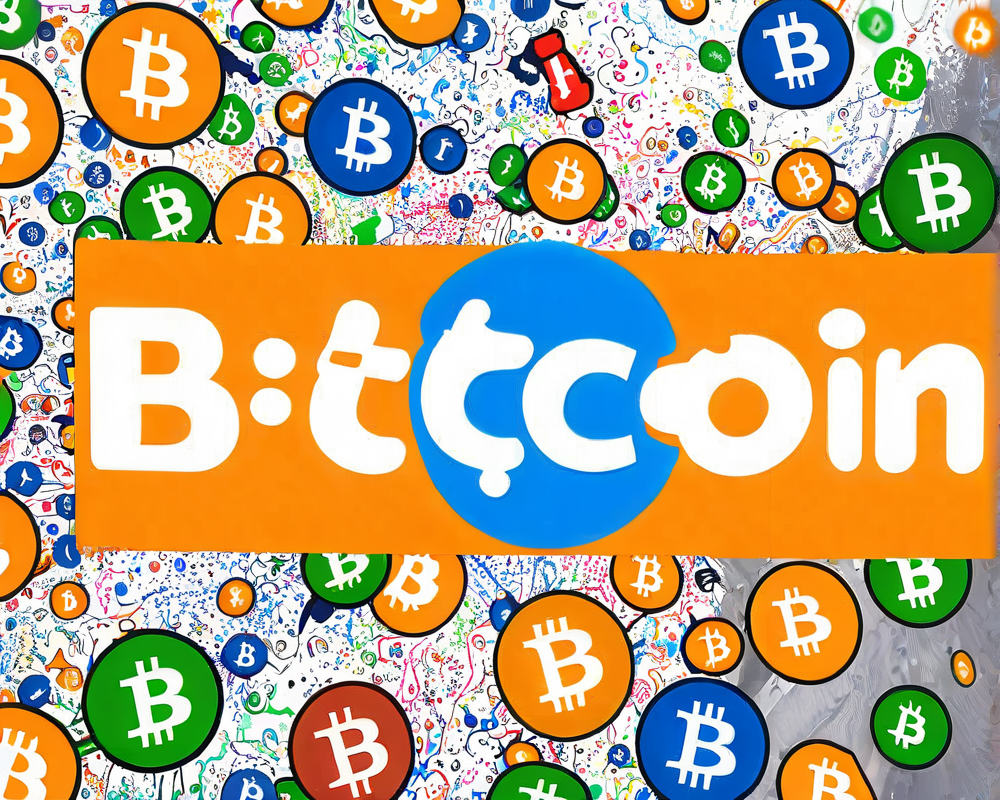Say Goodbye to USDC Bridges
Circle has just rolled out a new protocol called the Cross-Chain Transfer Protocol (CCTP) that allows smooth sailing for USDC transfers between Ethereum and Avalanche. Gone are the days when users had to jump through hoops, using a partner’s services or third-party bridges to switch their USDC between networks. Now, it’s as simple as a click, well, maybe two clicks, because who doesn’t love a little redundancy in their life?
How the Magic Happens
So how does this CCTP wizardry work? Unlike traditional bridges that lock tokens in a contract (and leave you waiting like a kid waiting for Christmas), CCTP opts for a more flamboyant approach: it completely destroys the tokens on the sending network. But don’t worry, they’re not just vaporized into thin air! Circles’ protocol issues brand-new tokens on the receiving network, which you can effortlessly redeem for cash deposits with Circle or its partners. Talk about a win-win!
Uniting the Fragmented Web3 Ecosystem
Circle expressed high hopes that CCTP will tackle “fragmentation” in the Web3 world. Currently, various unofficial versions of USDC are floating around, created by previous bridging attempts that often just create more chaos than clarity. Circle believes that with the new official mechanism in place, we might see those pesky unofficial versions fade out, ultimately simplifying the user experience. Now, if only they could create a protocol to clean out your junk email too.
Star Players Joining the CCTP Party
All the cool kids are getting in on this! Some of the largest cross-chain protocols have vowed to adopt CCTP moving forward, including Celer, Hyperlane, LayerZero, LI.FI, and MetaMask. It’s like an exclusive club for those who appreciate a hassle-free crypto experience. If you’re one of the lucky attendees, congratulations—your USDC transactions just got a major upgrade!
Secure Your Crypto with Circle
Now more than ever, security is paramount in the crypto realm. Users have lost millions because of bridge hacks over the years, leaving many developers scratching their heads over how to create secure bridges. Circle is stepping up the game with the CCTP, allowing developers to create a more trustworthy and efficient environment for trading USDC. Let’s face it, nobody wants to spend their evenings worrying about their investments being siphoned off by cyber pirates.
Conclusion
With the launch of CCTP, Circle aims to redefine the transferring of USDC and make it intuitive and secure. As they fortify protocols to prevent hacks and fragmentation, the world of decentralized finance may finally breathe a sigh of relief. The next step? Perhaps a protocol for translating complex crypto jargon into plain English—because we all know the average Joe could use some help!




